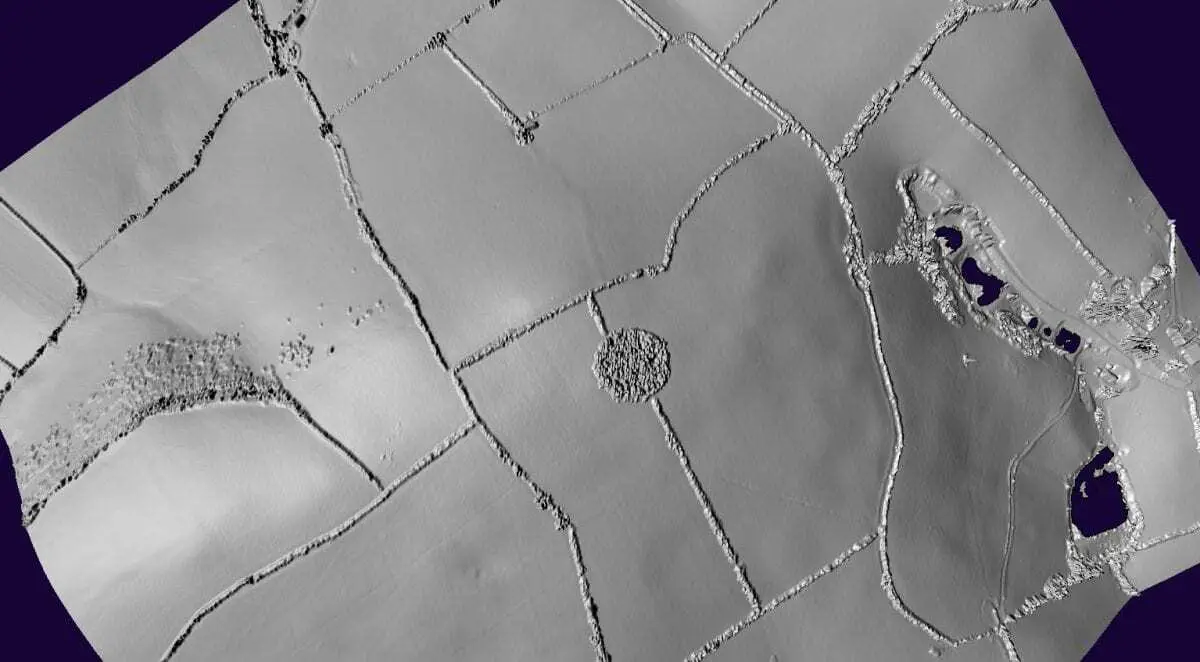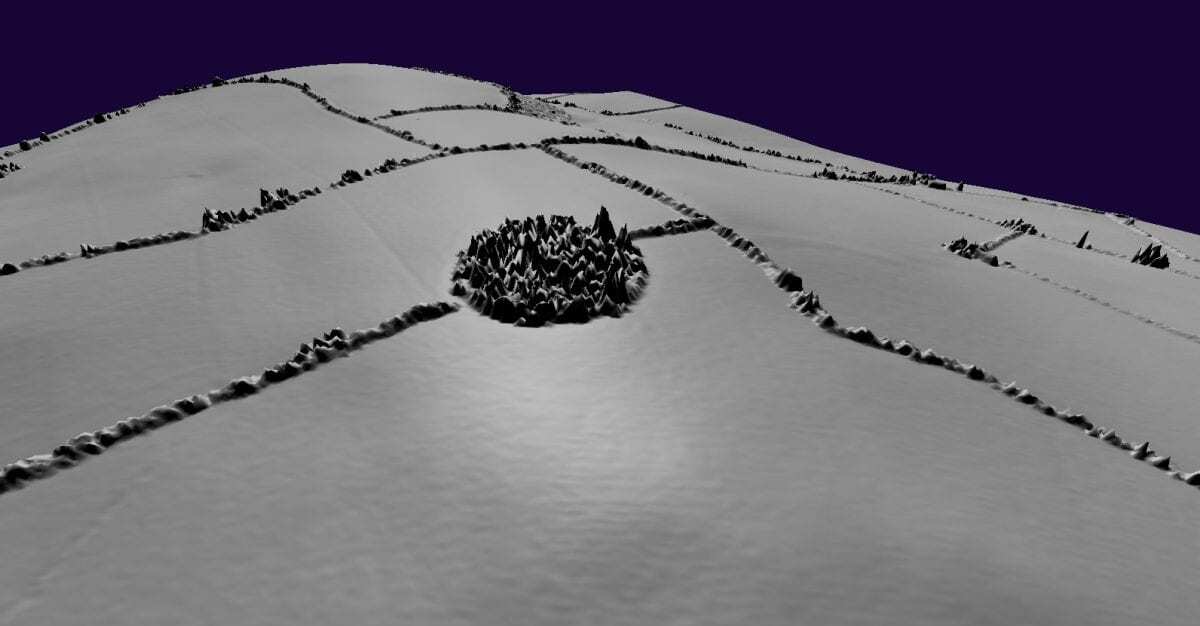Amateur archaeologist Darren Murray believes he has discovered two hillforts in Devon, England.
Using LIDAR software (Light Detection and Ranging, a method of applying remote sensing that uses light in the form of a pulsed laser to measure ranges to the Earth) he was able to reveal features normally obscured from above.
The two proposed forts, one near Paignton and one at Berry Pomeroy are hidden beneath tree clumps, making any previous identification impossible from above without the use of such technology or a physical ground survey.
Murray believes that the forts are uni-vellete single ring fortresses, possibly constructed by the Dumnonii tribe which ruled Devon and Cornwall from at least the Iron Age up to the early Saxon period.

Hillforts in Britain were defensive earthworks constructed during the Bronze and Iron Age and were used as a refuge or to defend a settlement. Hillforts normally follow the contours of a hill, taking advantage of the height elevation with added stockades, defensive palisades, and ditches.
After the Roman invasion in AD43, some of the hillforts constructed by the indigenous tribes were occupied with a Roman garrison, such as Hod Hill or Brean Down, but most were destroyed or abandoned. To date, there are over 2,000 hillforts known in Britain of which nearly 600 are in Wales.
Murray told Devon Live: “I have been working at it like a dog with a bone. I think I have found the sites because I used different filters and when I applied them you can see the sites much more clearly. I put it on a different visual filter setting and it just popped out when I toggled between the two.”
Murray has presented his finding to the Finds Liaison Officer from Exeter Museum which has now been forwarded to the county archaeologist for further investigation.
Header Image – Proposed fort near Paignton- Image Credit : Houseprices.io





